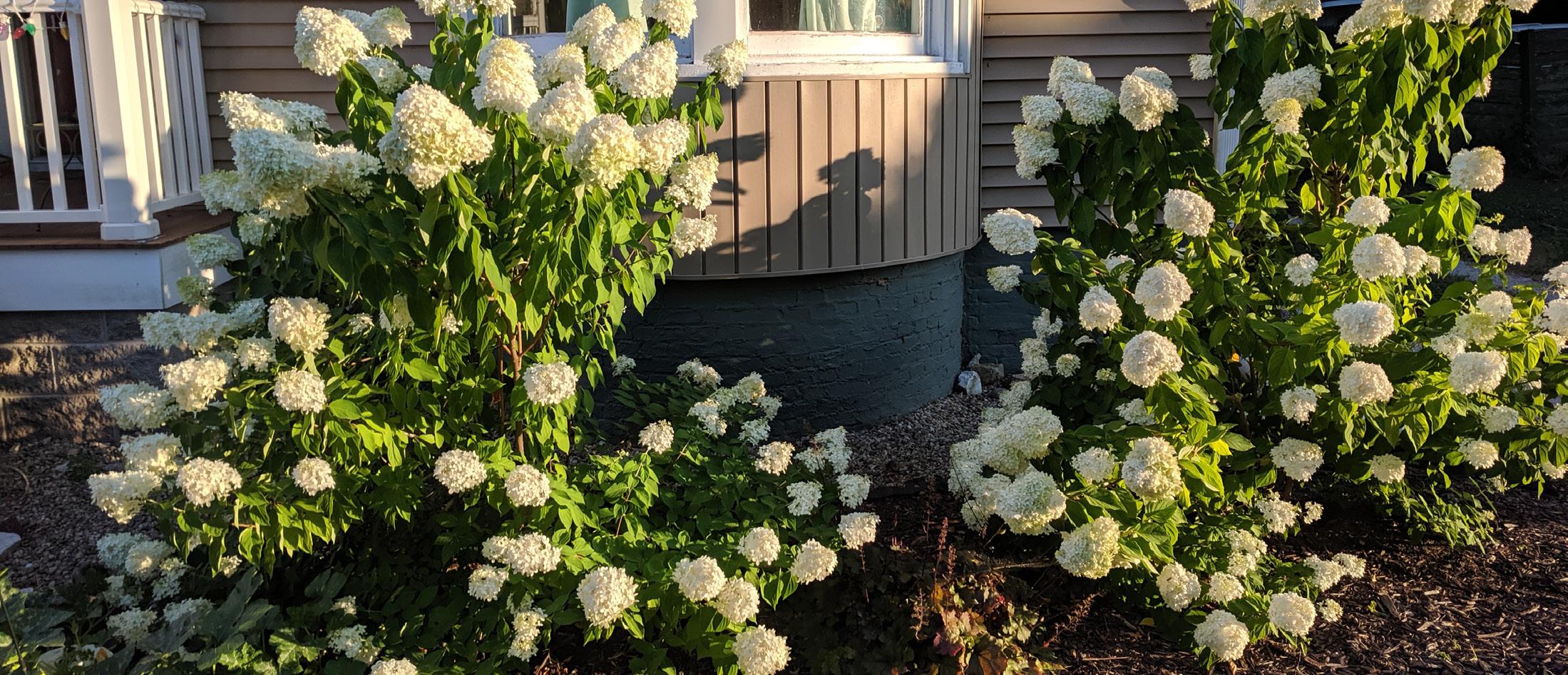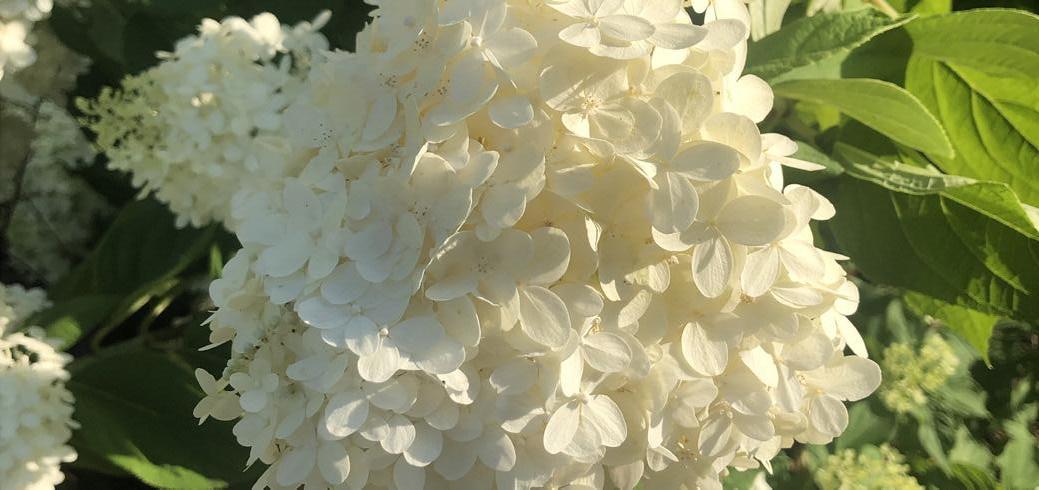
1 minute read
When to Prune Hydrangeas
BY KEN JOHNSON, EXTENSION EDUCATOR - HORTICULTURE
Hydrangeas are popular shrubs grown for their impressive blooms. Their foliage can also be attractive, particularly oakleaf hydrangeas. Pruning hydrageas can be confusing because each species should be pruned at a different time of the year.
Five species of hydrangea are commonly found in cultivation. These can be divided into two groups for pruning purposes: those that bloom on old wood and those that bloom on new wood.
Old wood blooms
Hydrangeas that bloom on old wood start to develop their flower buds for the following year in August and September. Therefore, if you are going prune, try to do it as soon as possible after they are done blooming and by August 1 at the latest. By doing this, you will avoid removing any of the developing flower buds.
The three commonly cultivated Hydrangea species that flower on old wood are:
Hydrangea macrophylla, which are commonly called bigleaf, mophead, and lacecap hydrangea.
Hydrangea quercifolia, which are also called oakleaf hydrangeas.
Hydrangea anomala, also called climbing hydrangea.
There are some varieties of H. macrophylla that are reblooming, or remontant, meaning these cultivars will produce on both old and new wood. If buds are damaged or killed during the winter, the plant can still flower on new wood. Examples of these types of hydrangeas are the Endless Summer, Let’s Dance series, and Tuff Stuff hydrangeas.
New wood blooms
Hydrangeas that bloom on new wood produce their flower buds on the current season’s wood. These plants can be pruned from late winter to early spring. They can be, and are commonly, drastically cut back in the fall. Repeatedly doing this can weaken the plant, though. Consider pruning every other year or every three years to maintain plant health and vigor over time.
The two commonly cultivated hydrangea species that bloom on new wood are:
Hydrangea paniculata, which are commonly called panicle or PG hydrangea.
Hydrangea arborescens, commonly called smooth hydrangea.
More drastic pruning (size reduction, thinning, etc.) is different than the routine maintenance pruning that can be done at any time. Maintenance pruning helps maintain a plant’s shape, vigor, and health, and includes removing diseased and dead wood as well as deadheading spent flowers.







